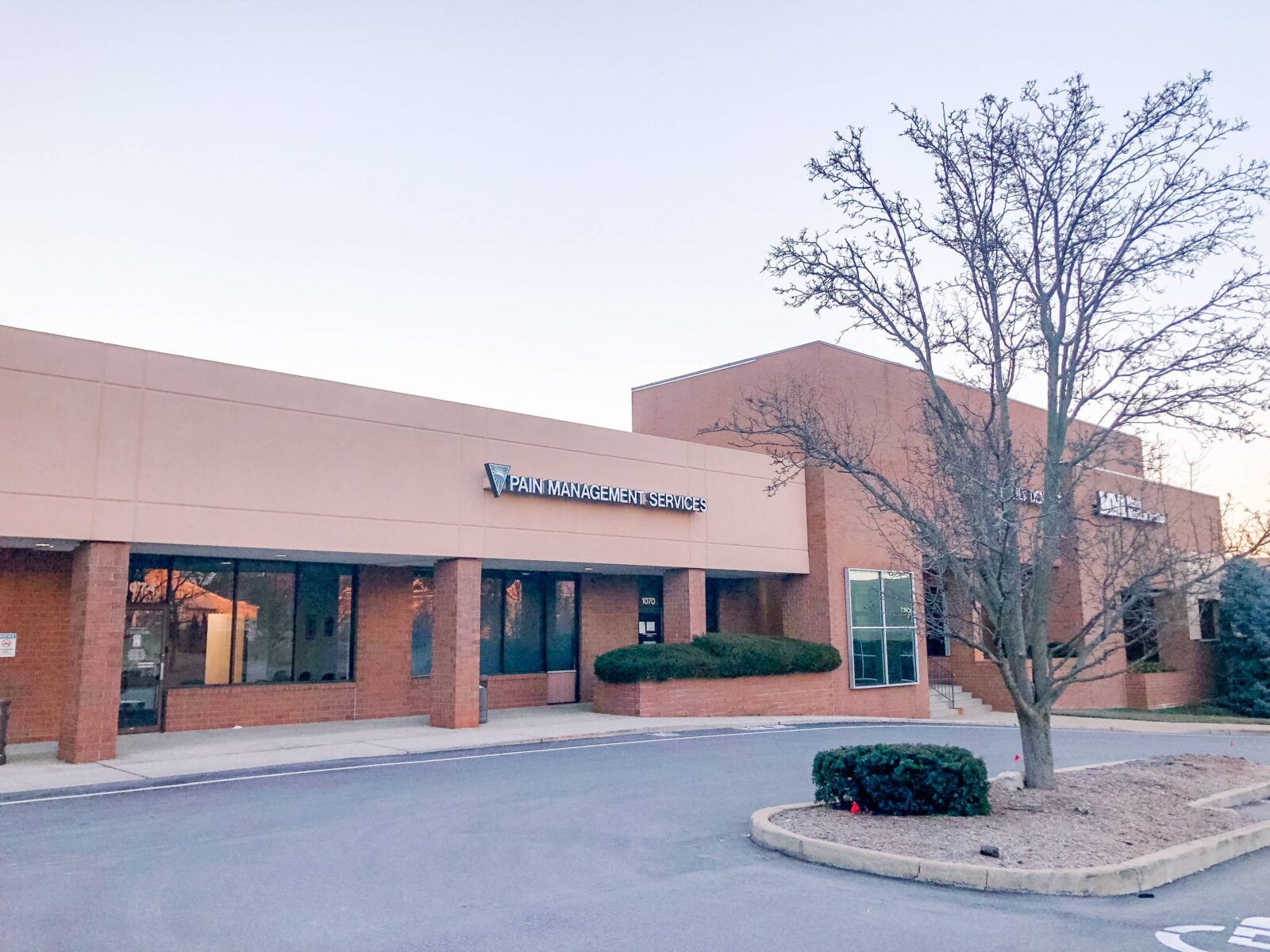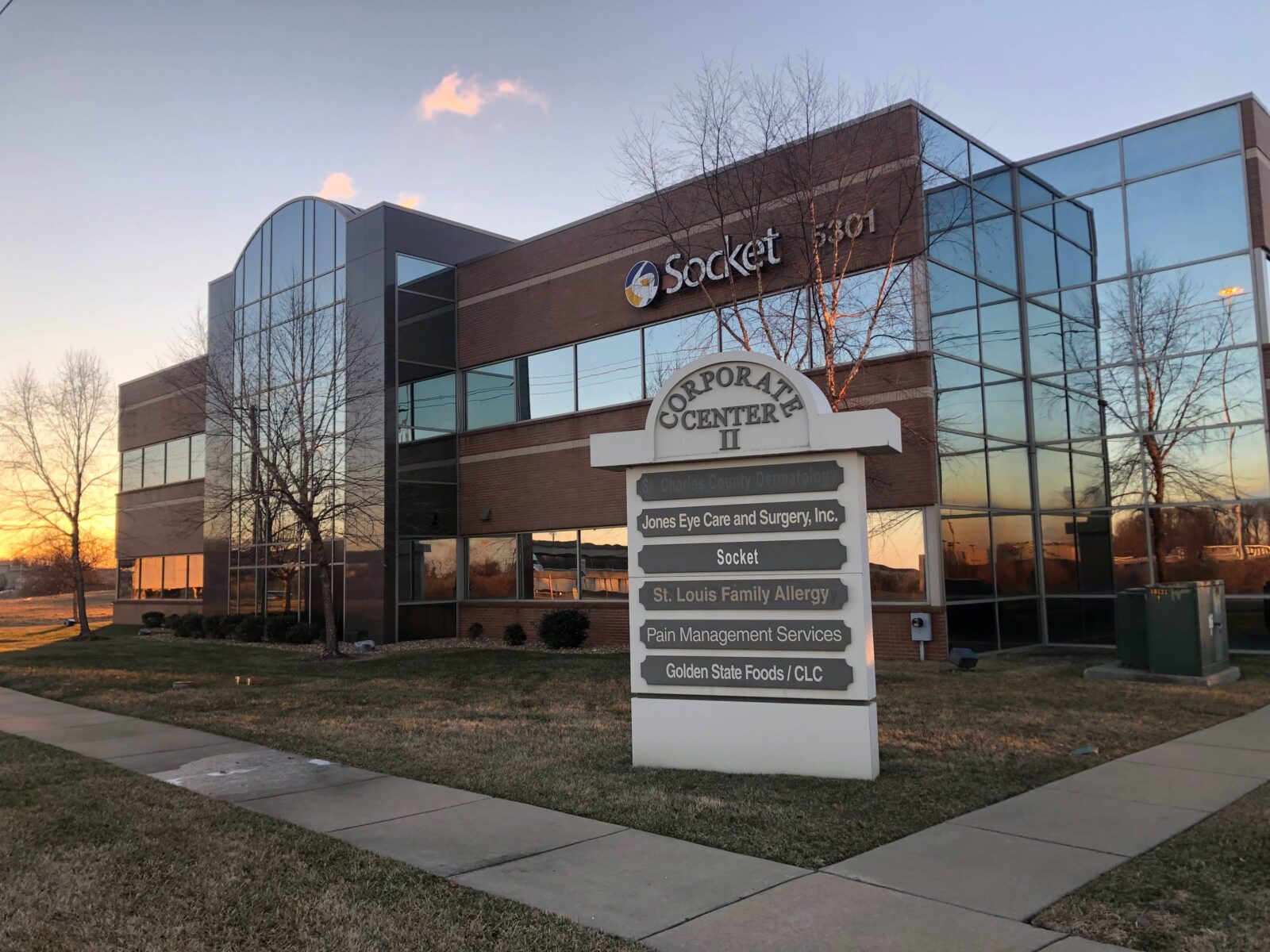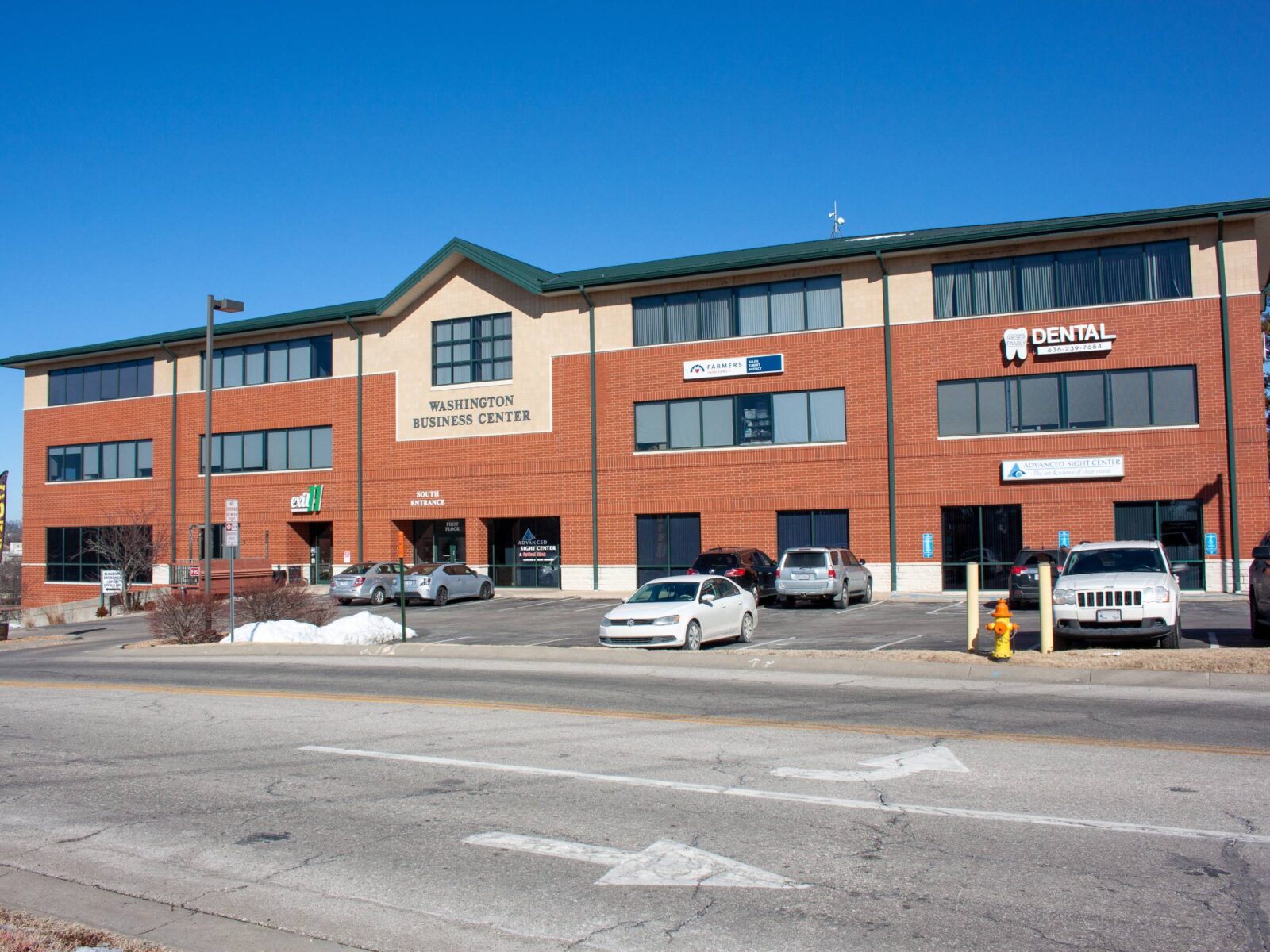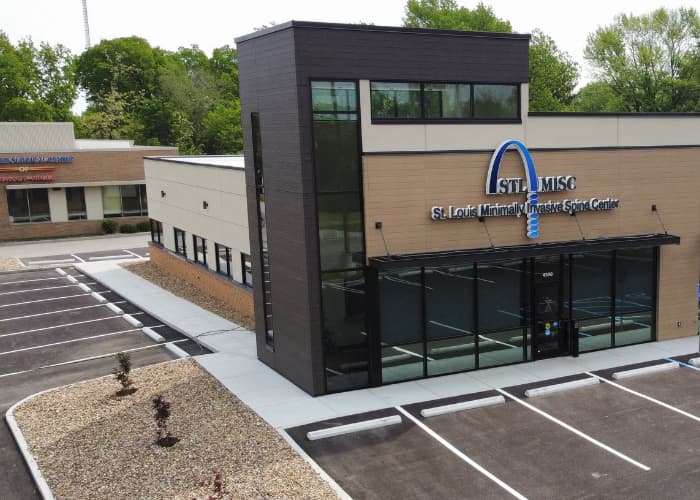Learn More About Lumbar Radiofrequency Ablation (RFA)
Where the vertebrae stack up on one another make a pair of joints called facet joints. These structures are essential to the normal movement of your spine. They help you bend, extend, and twist your spine. These joints are approximately the size of a thumbnail and are situated on both sides of the spine. Located near the facet joints can be found the medial branch nerves. These nerves communicate pain sensations from the joint to the brain, alerting it to injury. Lumbar Radiofrequency Ablation (RFA) is a treatment provided at Pain Management Services for chronic lumbar pain.
Lumbar Facet Pain and Radiofrequency Ablation
Lumbar facet pain typically appears when a facet joint has become injured. It may feel like muscle tension in mild cases, while other cases may present as severe pain. Injuries to the lumbar facet joints typically involve damage to the cartilage inside the joint. However, the pain may result from injury to the ligaments surrounding and connecting to the joint. You may also experience facet mediated pain without any findings on imaging like x-ray or MRI!
The pain may also present differently depending on which joint is injured. These joints can refer pain to other areas such as the hips, groin, or buttocks. If you experience pain in these areas that persist for more than two months, lumbar facet pain may be the source. While MRIs and x-rays may reveal facet joint pain as the source, there are better diagnostic methods.
The best approach for diagnosing facet joint pain is a nerve block. This approach uses a local anesthetic injected around the medial branch nerve near the pain site. If this injection provides effective pain relief, lumbar facet pain is likely to be the source. Once confirmed as the source, your physician may suggest lumbar radiofrequency ablation as a treatment method.
The lumbar radiofrequency ablation procedure involves the following steps:
- Local anesthetic is applied to numb the treatment site
- A needle will be inserted near the targeted medial branch nerve
- A specific form of x-ray known as fluoroscopy will allow proper positioning of the needle
- The nerve will be stimulated to confirm proper placement. Motor stimulation helps us confirm placement around the right nerve to be ablated.
- Once confirmed, the nerve will be numbed to reduce discomfort from ablation
- Radiofrequency will heat the medial branch nerve to 80C, “injuring” it so it reduces pain signaling from that joint
Dr. Cajigal will monitor you for approximately 30 minutes following the procedure. You’ll be provided with discharge instructions and a pain diary during this time. You must maintain this document to track the effectiveness of the treatment. Be sure to spend the rest of the day relaxing. Soreness may continue for up to 1-2 weeks due to nerve and muscle irritation. The area may feel itchy, weak, or numb for a couple of weeks. Ways to combat post procedure soreness include using a steroid at the site of the ablation, using NSAIDs such as ibuprofen, and icing the back 20 minutes on and off for 3-4 days. Most patients experience the full effects of their treatment by three weeks, but it may take one to two months to be fully effective.
The duration of relief varies widely from patient to patient. Patients can expect 6 to 9 months of benefit with pain returning when the nerve regenerates. If this happens, another RFA can be administered to provide ongoing relief as long as one gets 50% reduction in pain for at least 6 months duration.
Call Pain Management Services For Information about RFA
Lumbar facet pain can have a significant impact on your quality of life. If you’re looking for relief, reach out to Pain Management Services to schedule an assessment.






